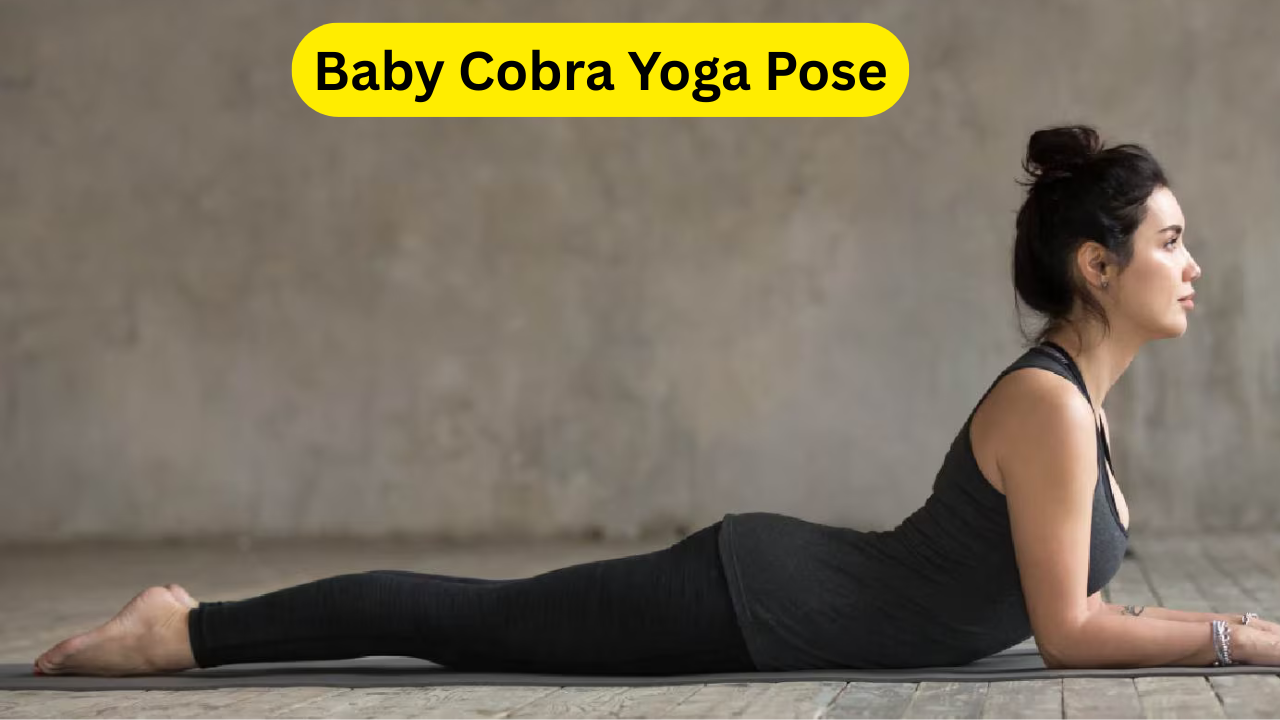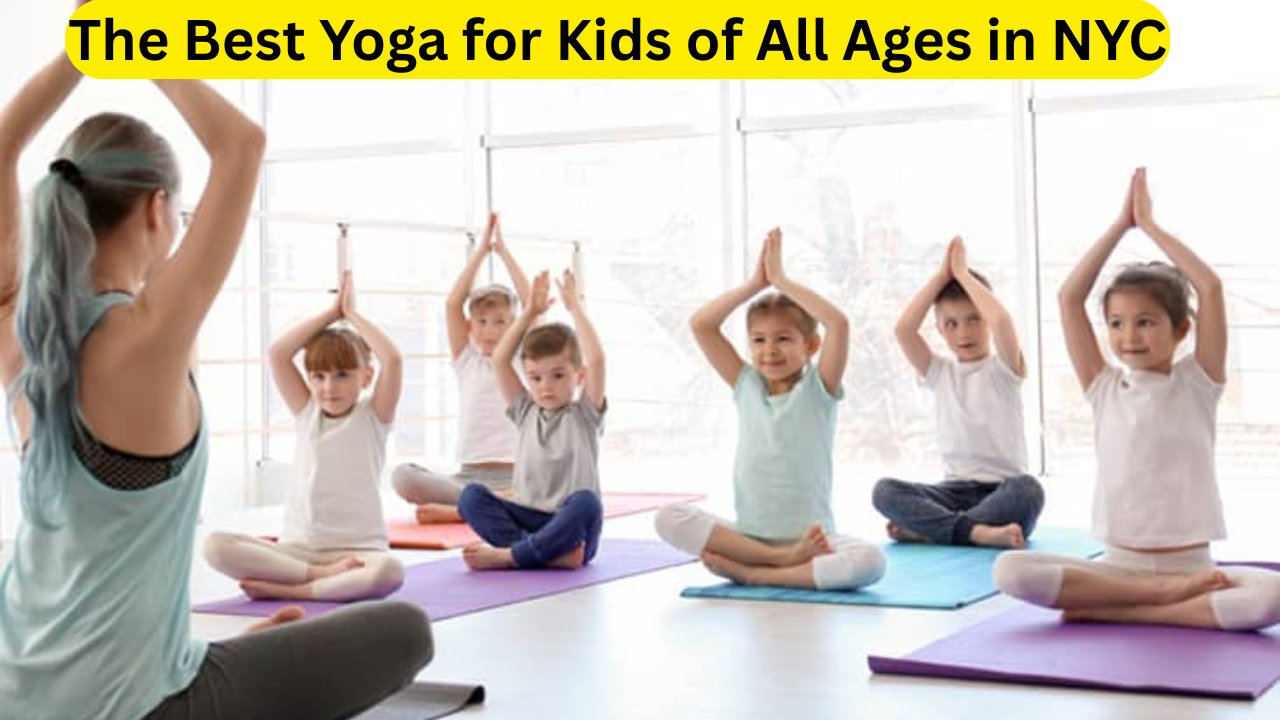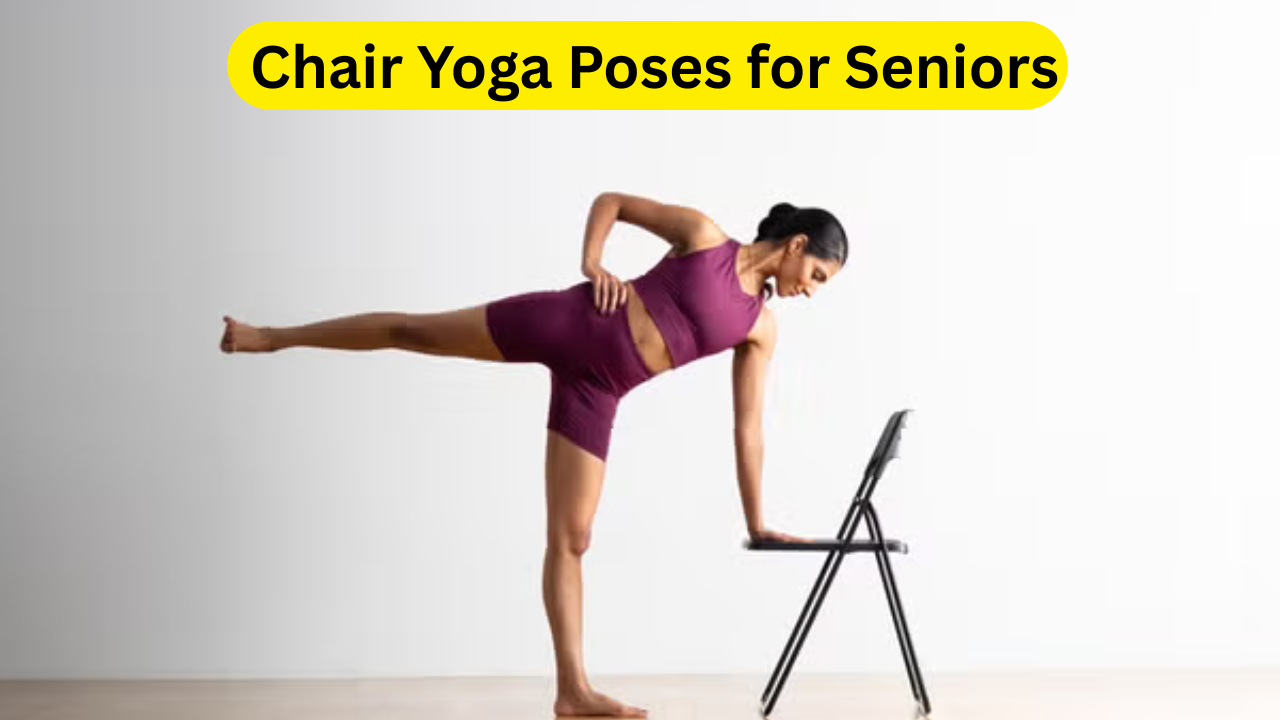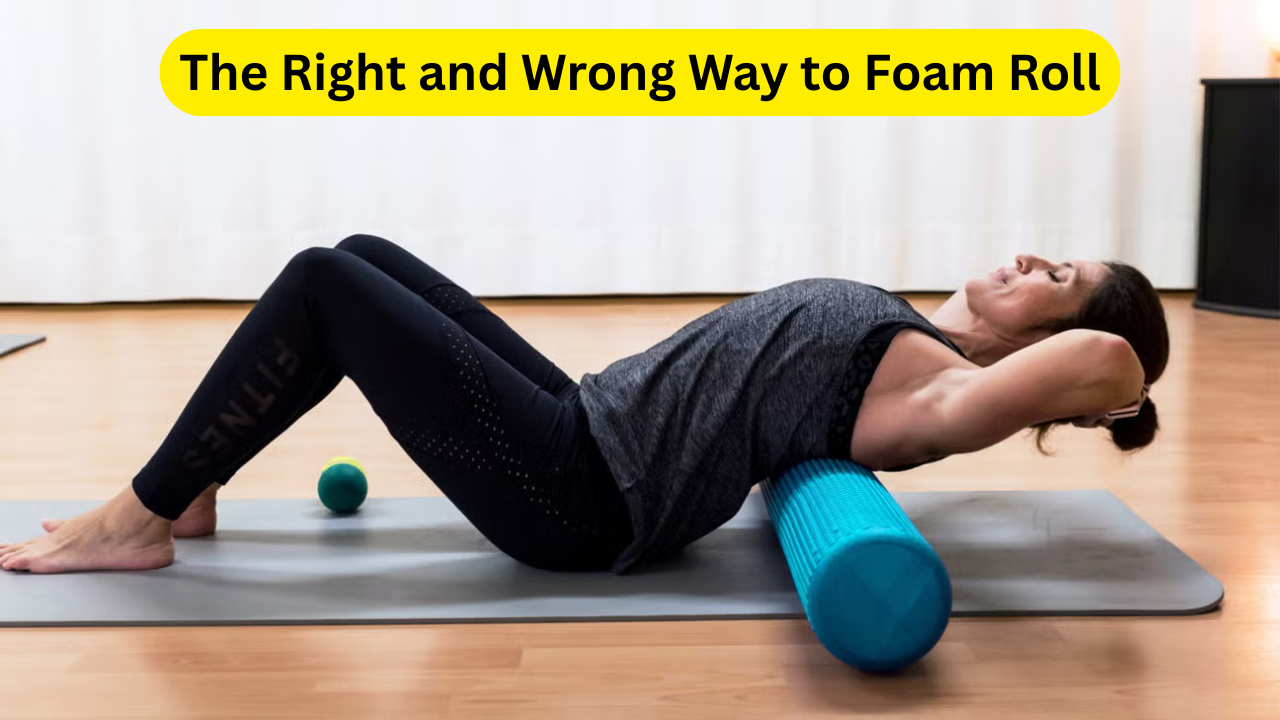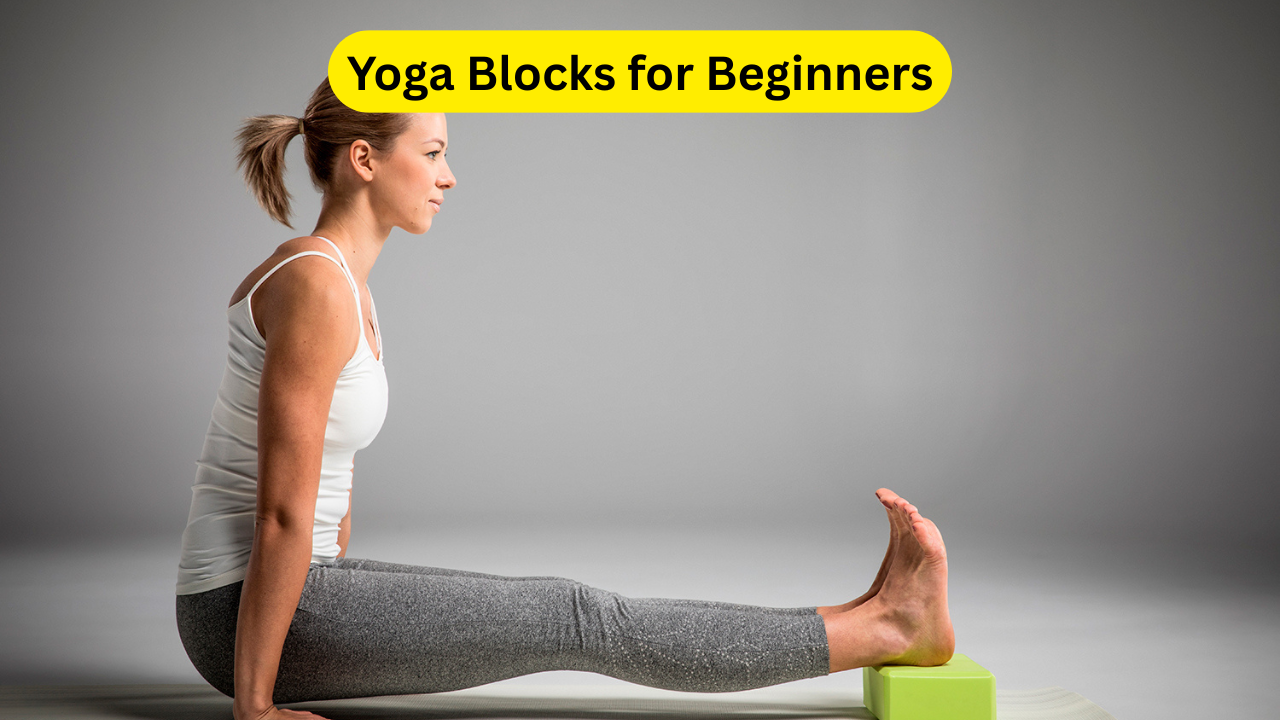Taiji Yoga: Taiji Yoga is a transformative practice that seamlessly blends the ancient disciplines of Tai Chi (Taiji) and Yoga, offering a unique pathway to holistic health. Both Tai Chi and Yoga have long been revered for their profound impact on the mind, body, and spirit. While Yoga originated in India as a spiritual discipline emphasizing physical postures, breath control, and meditation, Tai Chi developed in China as a martial art that later evolved into a practice for health and longevity. Taiji Yoga harmonizes the fluid movements of Tai Chi with the breath-focused, meditative postures of Yoga, creating a practice that nurtures balance, flexibility, strength, and inner peace.
The growing interest in Taiji Yoga reflects a modern desire for integrated wellness approaches that address both physical and mental well-being. In today’s fast-paced world, stress and sedentary lifestyles contribute to various health concerns, from chronic pain to anxiety. Taiji Yoga provides an antidote, offering a gentle yet powerful movement practice that enhances mobility, calms the mind, and fosters overall vitality. By combining the strengths of both disciplines, Taiji Yoga stands as an accessible practice suitable for individuals of all fitness levels, promoting longevity and mindfulness.
As a contemporary hybrid practice, Taiji Yoga continues to evolve, drawing from centuries-old wisdom while adapting to the needs of today’s practitioners. Whether you are seeking improved flexibility, stress relief, or a deeper connection with your inner self, Taiji Yoga provides a versatile and effective approach. This guide will delve into the origins, principles, benefits, and practice of Taiji Yoga, ensuring that you gain a comprehensive understanding of this holistic discipline.
Click here: Yoga Exercises for Lower Back Pain Relief
Origins of Taiji Yoga
The Ancient Roots of Yoga
Yoga, an ancient practice originating over 5,000 years ago in India, is rooted in the Vedic traditions. It was developed as a comprehensive system designed to unite the body, mind, and spirit. The sage Patanjali later codified Yoga into the Yoga Sutras, outlining the foundational principles of the practice, including:
- Asanas (Postures): Physical exercises designed to strengthen the body and improve flexibility.
- Pranayama (Breath Control): Techniques that regulate the breath to enhance energy and mental clarity.
- Meditation (Dhyana): A practice of mindfulness and self-awareness to achieve spiritual enlightenment.
Yoga has evolved into various forms, ranging from gentle Hatha Yoga to the physically demanding Ashtanga Yoga, catering to different fitness levels and goals.
The Origins of Tai Chi (Taiji)
Tai Chi, also known as Taiji, traces its roots to ancient China, where it was initially practiced as a martial art. Developed several centuries ago, Tai Chi follows the principles of Taoism, which emphasize harmony, balance, and the flow of Qi (life energy) within the body. Over time, Tai Chi transformed into a health-enhancing practice characterized by slow, deliberate movements that promote relaxation, coordination, and inner peace.
Tai Chi incorporates several core principles, including:
- Gentle, flowing movements: Designed to cultivate energy and improve joint mobility.
- Breath synchronization: Ensuring that each movement aligns with controlled breathing patterns.
- Meditation in motion: Fostering a state of mindfulness and presence during practice.
The Fusion into Taiji Yoga
Taiji Yoga emerged as a modern discipline in the late 20th and early 21st centuries, as practitioners began exploring the synergies between Tai Chi and Yoga. The slow, meditative movements of Tai Chi complemented the structured postures and breathwork of Yoga, resulting in a holistic practice that integrates physical, mental, and spiritual well-being. This fusion provides:
- Fluid movements for enhanced flexibility and balance.
- Breath control techniques for relaxation and energy cultivation.
- Mindfulness practices to deepen self-awareness and inner peace.
Understanding Taiji Yoga
Components of Taiji Yoga
- Tai Chi Principles: Focus on slow, flowing movements that promote energy flow (Qi) and balance.
- Yoga Postures: Incorporate traditional Yoga asanas to build strength, flexibility, and stability.
- Breathing Techniques: Use pranayama to regulate the breath, enhance vitality, and calm the mind.
- Meditation: Combine movement with mindfulness to achieve mental clarity and relaxation.
Benefits of Taiji Yoga
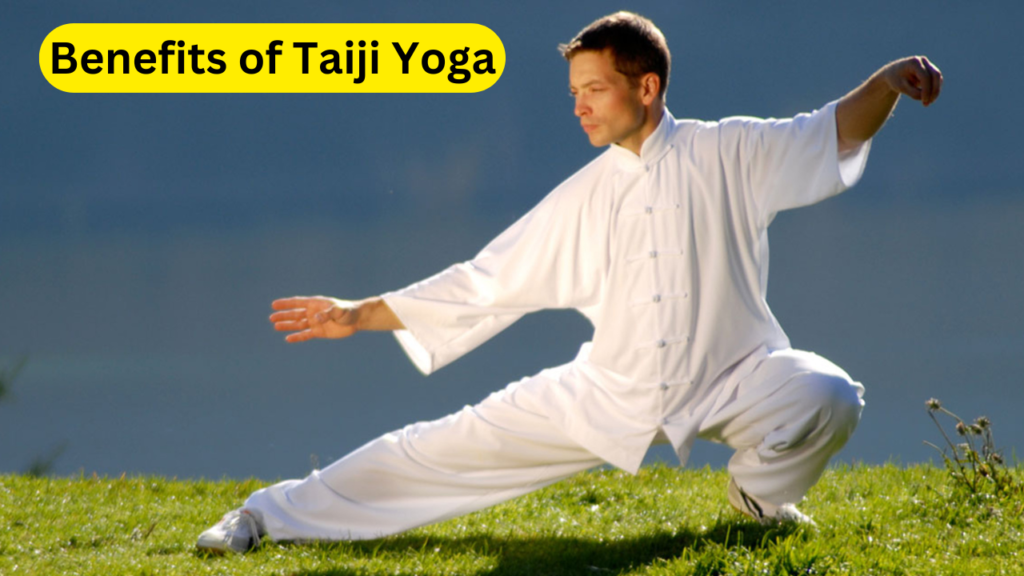
Physical Benefits
- Improves Balance and Coordination: The flowing movements of Tai Chi and the stability of Yoga postures enhance proprioception and equilibrium.
- Increases Flexibility and Strength: Yoga asanas stretch and strengthen muscles, while Tai Chi improves joint mobility.
- Enhances Cardiovascular and Respiratory Health: The controlled breathing techniques improve lung capacity and circulation.
Mental and Emotional Benefits
- Reduces Stress and Anxiety: The meditative nature of Taiji Yoga calms the nervous system and alleviates mental stress.
- Boosts Focus and Mindfulness: Practicing mindfulness through movement enhances concentration and emotional resilience.
Spiritual Benefits
- Deepens Self-Awareness: Encourages a connection with one’s inner self through meditative movement.
- Cultivates Inner Peace: Promotes a sense of tranquility and harmony between the body and mind.
Also read: 2026 Aston Martin Vanquish Volante: The Ultimate Open-Top Grand Tourer
Taiji Yoga Conclusion
Taiji Yoga offers a unique blend of two powerful ancient practices—Tai Chi and Yoga—that enhances both physical health and mental well-being. This holistic approach is designed to promote balance, flexibility, strength, and inner peace through mindful movement, breath control, and meditation. As more people seek methods to combat the physical and mental stress of modern life, Taiji Yoga has emerged as an accessible and effective solution for those looking to nurture their body, mind, and spirit.
Incorporating the slow, flowing movements of Tai Chi with the stability and stretch of Yoga postures, Taiji Yoga creates a complete practice that can be adapted to suit individuals of all ages and fitness levels. Whether you’re a beginner or an experienced practitioner, the fluid nature of this practice allows for an entry point that is both gentle and deeply rewarding. The practice not only strengthens and improves flexibility but also encourages mindfulness and mental clarity, essential in today’s fast-paced world.
One of the significant benefits of Taiji Yoga is its ability to reduce stress and promote relaxation. The controlled breathing exercises and meditative movements trigger a calming response in the nervous system, lowering anxiety levels and helping individuals cope with the challenges of daily life. As more people recognize the importance of integrating movement and mindfulness for mental health, Taiji Yoga stands as a valuable tool in addressing mental and emotional well-being.
Another remarkable aspect of Taiji Yoga is its versatility. Practitioners can focus on different areas of their health, depending on their goals. Some might seek increased strength and flexibility, while others may be looking for emotional release and stress relief. Regardless of the specific goal, Taiji Yoga offers a practice that can be tailored to personal needs, making it a truly individualized wellness journey. This adaptability is one of the reasons why Taiji Yoga is gaining popularity across the globe.
Ultimately, Taiji Yoga represents a powerful integration of two ancient wisdom traditions, offering a modern approach to achieving holistic health. Whether you are looking to enhance your physical abilities, reduce stress, or connect more deeply with your spiritual self, Taiji Yoga offers a transformative experience that can enrich your life on multiple levels.
Taiji Yoga FAQs
1. What is the main difference between Taiji Yoga and traditional Yoga?
Taiji Yoga is a fusion of Tai Chi and Yoga, combining the slow, flowing movements of Tai Chi with the static postures and breathing techniques of Yoga. While traditional Yoga focuses on static postures, breath control, and meditation, Taiji Yoga incorporates the dynamic, fluid movements of Tai Chi, which is more focused on cultivating energy flow and balance through continuous movement. The integration of Tai Chi’s meditative motion adds a unique dimension to Taiji Yoga, making it a more dynamic practice compared to traditional Yoga.
2. Taiji Yoga suitable for beginners?
Yes, Taiji Yoga is an excellent practice for beginners. The gentle and mindful nature of the movements makes it accessible to individuals of all ages and fitness levels. Beginners can start slowly, focusing on the foundational aspects of posture, breath control, and mindful movement. The practice can be modified to accommodate different needs, making it easy for new practitioners to build their confidence and experience gradual improvement in their physical and mental well-being.
3. How often should I practice Taiji Yoga?
To experience the full benefits of Taiji Yoga, it is recommended to practice at least 3–5 times a week. Consistency is key to improving balance, flexibility, strength, and mental clarity. However, even practicing a few times a week can significantly reduce stress, increase energy, and enhance flexibility. As you become more comfortable with the practice, you can adjust the frequency and duration of your sessions to suit your lifestyle and goals.
4. Can Taiji Yoga help with stress relief?
Absolutely! One of the primary benefits of Taiji Yoga is stress relief. The practice encourages relaxation through controlled breathing techniques and slow, mindful movements, which help activate the parasympathetic nervous system and reduce the body’s stress response. By integrating meditation into the movements, Taiji Yoga calms the mind and alleviates anxiety. This makes it an excellent tool for individuals dealing with work-related stress, personal challenges, or simply the pressures of daily life.
5. Do I need any special equipment to practice Taiji Yoga?
No, Taiji Yoga requires minimal equipment. Comfortable, loose-fitting clothing is ideal to allow for free movement during the practice. A yoga mat may be useful for added comfort during floor poses, but it is not essential. The most important aspect of Taiji Yoga is creating a calm, peaceful environment where you can focus on your breath and movements. You do not need any special equipment to get started, making it a convenient practice that can be done in the comfort of your home or a quiet space in a group setting.

